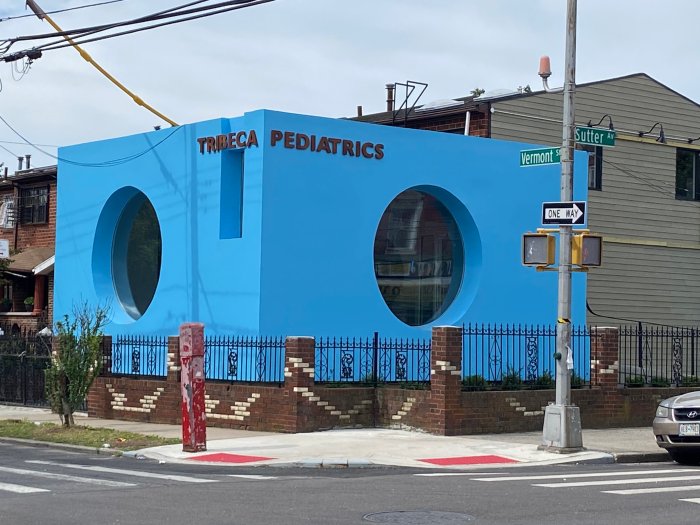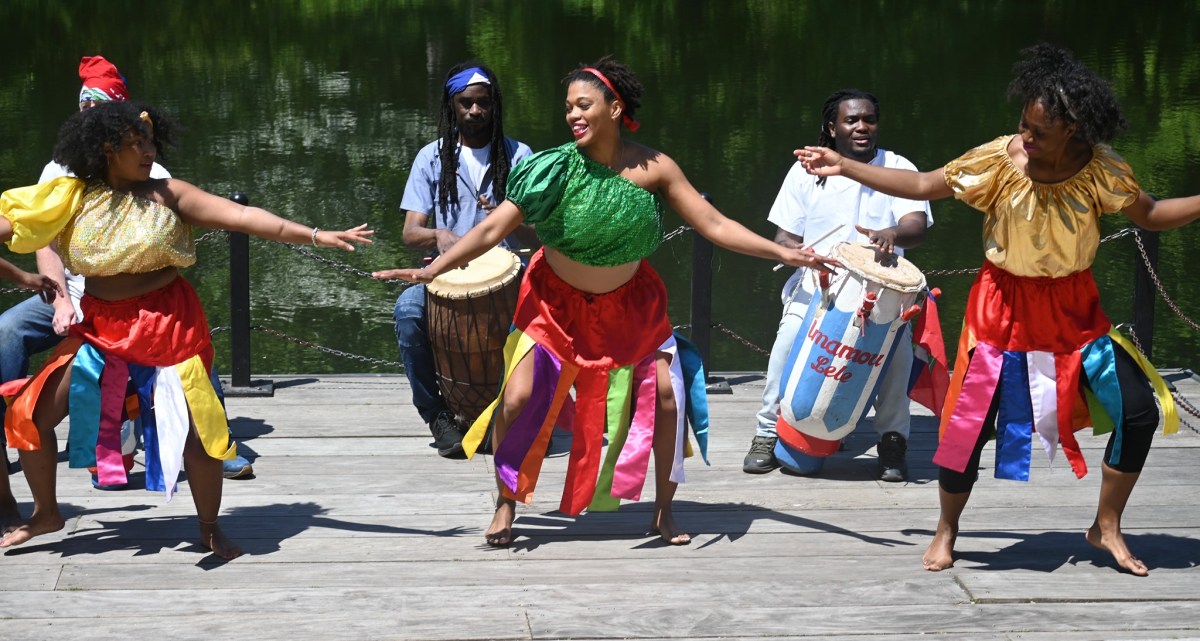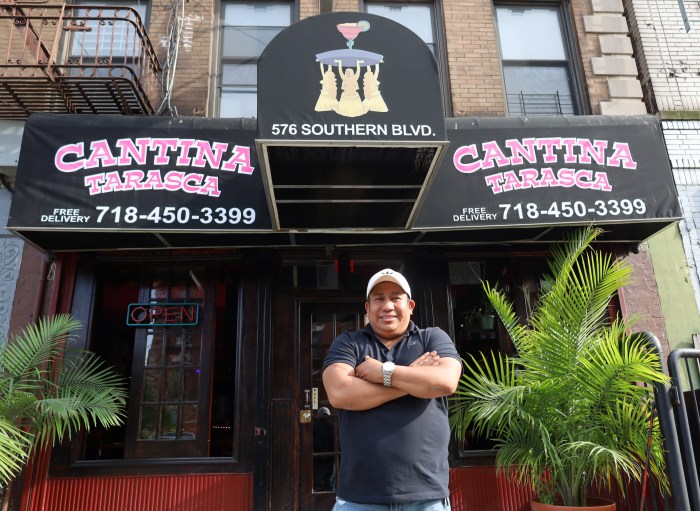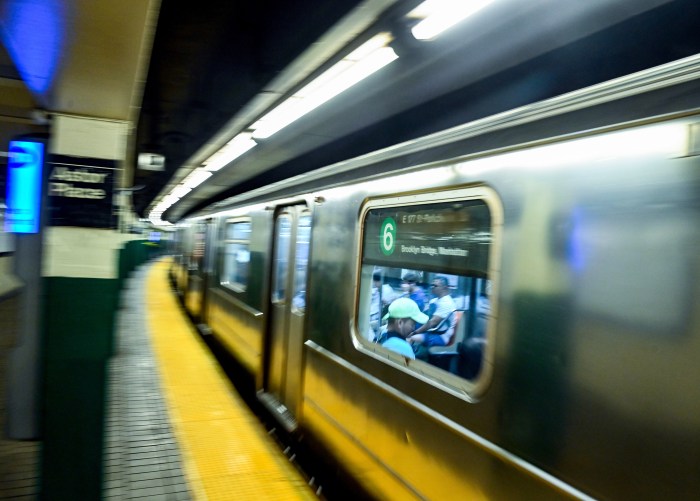Nov. 2 (GIN) — A relentless rain on this West African nation since mid-September has ruined 55,000 homes, killed 43 people and drowned thousands of livestock. Almost ½ million people are in need of shelter.
The deluge, the most extreme since 1963, had had an impact on 51 out of 77 communities in the past five weeks. Areas previously thought to be safe from flooding have been devastated and villages have been wiped out. Rainfall continues across the country, recalling the devastating impact of Hurricane Katrina.
Rotimy Djossaya, the country director of Care Benin, said: “All the elders agree that they have never seen such flooding. Yet the information has not resonated in the international community. It seems that, despite the extraordinary devastation caused by this year’s floods, people think it is simply the annual flooding season.”
Benin, like Togo, Ghana, Ivory Coast and other West African coastal nations, has a high proportion of the population and its largest city on the coast. Cotonou, Benin’s economic capital, lies below sea level like New Orleans, so should there be violent floods, a large chunk of the city could be submerged by water and possibly even wiped off the map.
The flooding has been linked to a rise in seawater levels, attributed to global warming, and by massive construction projects such as the Nangbeto dam in Benin and the Akossombo dam in Ghana, as well as the development of deep-water ports at Cotonou and Lome, according to experts.
Further adding to the devastation, Benin has lost 29 percent of its forest cover since 1990. At 2.5 percent, Benin has one of the highest annual deforestation rates in the world.
Aid to the Beninoise is currently trickling in from Unicef, the World Health Organization and Doctors Without Borders who are providing testing equipment against cholera.























